SUP, or stand up paddle boarding, is one of the easiest ways to get started on the water. SUPs are fun, versatile, and totally instagrammable, meaning an adventure is more accessible than ever. Whether you live by the sea or near a river, lake or canal, you can join the paddleboarding hype.
What does SUP stand for?
SUP stands for stand up paddle boarding. It’s like a cross between canoeing and surfing. SUPs can be used on the sea to surf or tour, or on inland waterways such as canals, rivers or lakes. You can even do yoga on them!
Who can SUP?
The great thing about stand up paddle boarding is that pretty much anyone of any age or ability can get on a board and go in a straight line. The beginner style boards are surprisingly sturdy and within 15-30 minutes, most people can stand up and paddle around confidently. Those who can’t, can easily kneel and paddle to where they want to go. Accessibility and visual appeal makes stand up paddle boarding one of the most attractive sports to try… just think of the Insta-likes!
Where can you SUP?
You can SUP on most inland waterways including rivers, canals and lakes, as well as on the sea. With almost 5,000km of waterways included in the Paddle UK membership licence, there’s an adventure for everyone just waiting to be uncovered!
Now the Paddle Awards can be undertaken on any craft, you’ve also got the option to learn the basics from people in the know first, before heading off on your own adventure.
When can you SUP?
You can paddle board all year round, as long as you have the right paddling equipment. In summer, you will need some summer clothes, dry bag with spare clothes, some flip flops and suncream. In winter you need to be a little more prepared; if you’re serious, a good dry suit over your thermals is a sound investment. Alternatively, layer up those leggings and thermals and invest in some good waterproofs incase it rains!
We’ve seen some great photos of people SUP’ing in rain, snow and even under a sky full of fireworks on bonfire night. Whatever the weather, you can get out and enjoy the great outdoors on a SUP.
How can you go stand up paddle boarding?
If you want to go on your own adventure, buying your own stand up paddle board is probably the way to go. You can spend anywhere between £300 – £1500 on an inflatable SUP, depending on your needs and budget. Other options include a postal hire system, where you can hire a SUP for a few days and then post it back to the hire company. Alternatively, you could head to your local lake to hire one from the hire centre there, or, another option could be to make friends with a SUP enthusiast… they’ll always be happy to show you the ropes!
Be warned: once you step on a SUP for the first time and experience the water beneath your feet… you will be hooked!
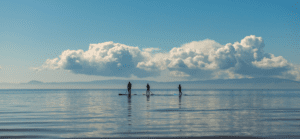
Where can I stand up paddle board in the UK?
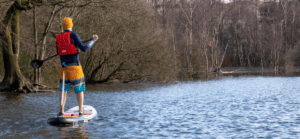
Paddleboarding – The Basics

Do I Need A Fin On My Paddleboard?
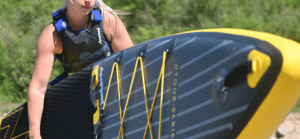
A Beginners Guide to Touring Paddleboards
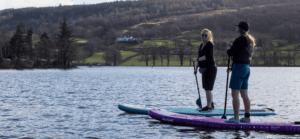
Carers or Companions Paddle UK Membership
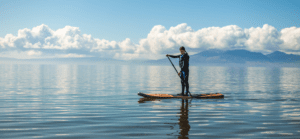

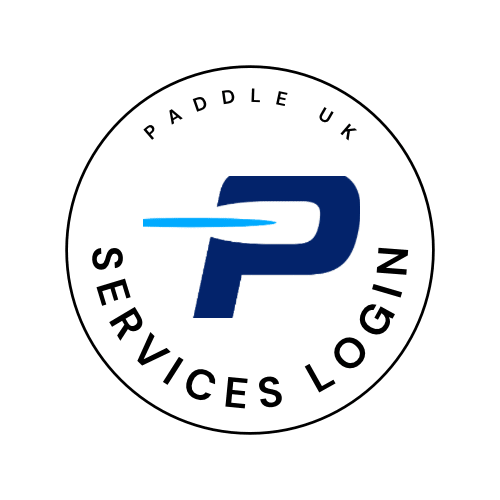
 Go Paddling
Go Paddling Clear Access Clear Waters
Clear Access Clear Waters Paddles Up Training
Paddles Up Training Clubhouse
Clubhouse Services Login
Services Login

